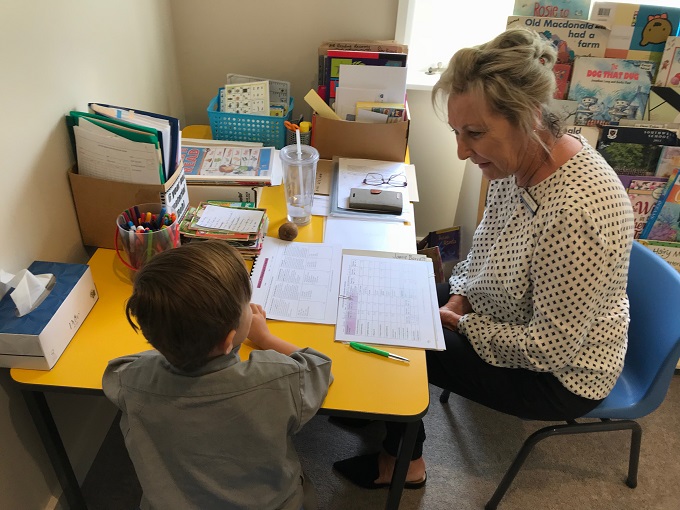
Image courtesy of Learning Matters
This article originally appeared in our Term 1 issue. Read it here!
The diagram was specific. It appeared to the naked eye to be drawn to scale and also displayed the talent he possessed. This little man was able to explore his interests, to show his ability to learn and to interact with the world around him. His kindy teachers suitably impressed with his ability, were very excited for his pending entry through the school gate.
Armed with a giant smile, supportive family and a persistent speech impediment in tow, his school days began. Year one ended and (not for the lack of trying) he hadn’t learnt to read, year two ended and (not for the lack of trying) he hadn’t learnt to read, year four ended and (not for the lack of trying) he hadn’t learnt to read, and so it goes. At ten years of age he was diagnosed as a bright dyslexic.
Finally, he and his family had some insight and understanding as to why he had such great difficulty learning to read, write and spell. But…. ten years old is too late. Five whole years of schooling had conditioned him to believe he was dumb, unable to learn and that he would never learn to read.
This story is not unique by any means. If I had a dollar for every time I have had heard this, or similar, I would be a wealthy lady. This little man didn’t ‘not learn’ for lack of trying nor commitment on behalf of his teachers, parents and others. It was certainly not a case of…. “he wasn’t ready”. To this day, he would be illiterate if they had taken the ‘wait to fail’ approach any longer. There were an increasing number of chinks in his education chain. So many so that it he will never catch his peers.
We are a nation of teachers and parents with a tendency to adopt a ‘she’ll be right mate’ attitude. As Kiwis, we are very proud of our education system and rightly so. The reality is, there is room for improvement.
There is great need for a giant tidal wave in the form of increased awareness, understanding, acceptance, empathy and evidence-based actions in the area of successfully educating children with learning differences.
As a leader in education, I find myself investigating: why haven’t we learnt from these endless experiences and stories? What haven’t we taken notice of from the mountain of international research and evidence? How might we go about improving our system for these children who were in fact born dyslexic, (identifiable on school entry if not before)?
Why in New Zealand do we continue to ignore what the science of learning to read tells us?
Why do we hold so dearly and continue to fund reading recovery when the research this was founded on has been superseded with many findings indicating the programmes inappropriateness for dyslexic students.
New Zealand teachers are committed to say the least. Our students and teachers require more though.
As a nation of incredible people, teachers and school leaders it is time for us to be (more) receptive to the fact that our beliefs, perspectives and knowledge around Dyslexia must be expanded. Our literacy, social justice and mental health rates rely on this.
During my time as a classroom teacher, advisor, school leader and now consultant in the area of learning differences I have long held the belief that we are one (very important and influential) link of many in a student’s education chain. It is up to us to ensure our link is strong but not rigid, upright but not arrogant, standing at the ready to connect with not only the easiest to reach or expected link but those which may take the student on a turn or link for the best.
Their world depends on our ability as educators to be vulnerable, to learn and to realise we may have got it wrong in the past. Now is the time because learning differences exist. Always have, always will. How strong and connected are your dyslexic students links?
Bullying contributes to poor wellbeing and absenteeism in New Zealand. Discover how you can address…
Free school lunches will continue under a modified model which will reportedly see $107 million…
A new interactive website showing daily attendance figures was launched last week as part of…
Two reviews of early literacy approaches and an accompanying Ministry of Education commentary show promising…
We must have bipartisan decision-making for education, says academics Bronwyn E. Wood and Taylor Hughson…
The OECD’s new report makes several policy recommendations for our education sector in the hopes…
This website uses cookies.